Description
Genus: Tylopilus
Species: violatinctus
Common Name: “Violet Bitter Bolete”
Tells: Bitter white cap flesh. Violet cap skin ages through pink to tan, bruising violet. Pinkish, yellow-staining stem browns w/age, apex staying white. Often buggy.
Other Information: White pores age through pink & then flesh colors, ending a deep cocoa brown. Pores typically DNS, but may turn brownish-olive. Cap flesh DNS, or slowly turns a slate color. T. plumbeoviolaceus has a deeper purple stem, a cap that does not bruise, and is notoriously bug resistant. T. rubrobrunneus has a deeper purple to the cap, tends to be a stouter fellow, and has a stem that darkens with handling. The three can be hard to tell apart as they age, at which point the pore color will be your biggest tell. Rubrobrunneus pores age to brownish pink, while violatinctus ends up deep brown, and plumbeoviolaceus remains more of a pale pink.
Edibility: Too bitter to eat but useful for unique approaches like cocktail bitters. It isn’t toxic; just absurdly bitter.
CHEMICAL TESTS:
- NH4OH (Ammonia): Cap surface turns yellow to yellow-brown. Cap flesh does not react.
- KOH: Cap surface turns pale, dingy yellow to dull amber. Cap flesh does not react.
- FeSO4 (Iron Salts): Cap surface has no reaction or turns faint olive. Cap flesh does not react.
Links:
 |
0 |  |
341 |  |
274 |  |
402 |

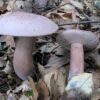
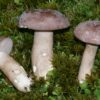
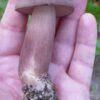
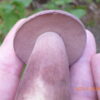
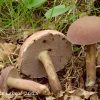
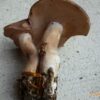
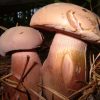
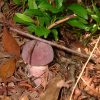
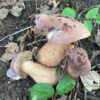
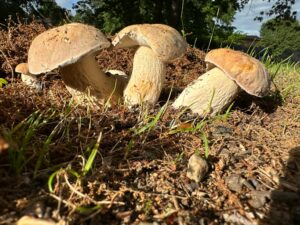
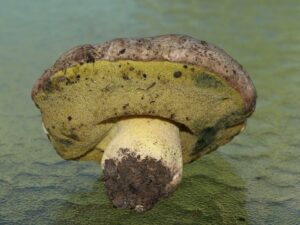

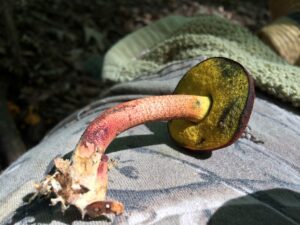
Got something to discuss?